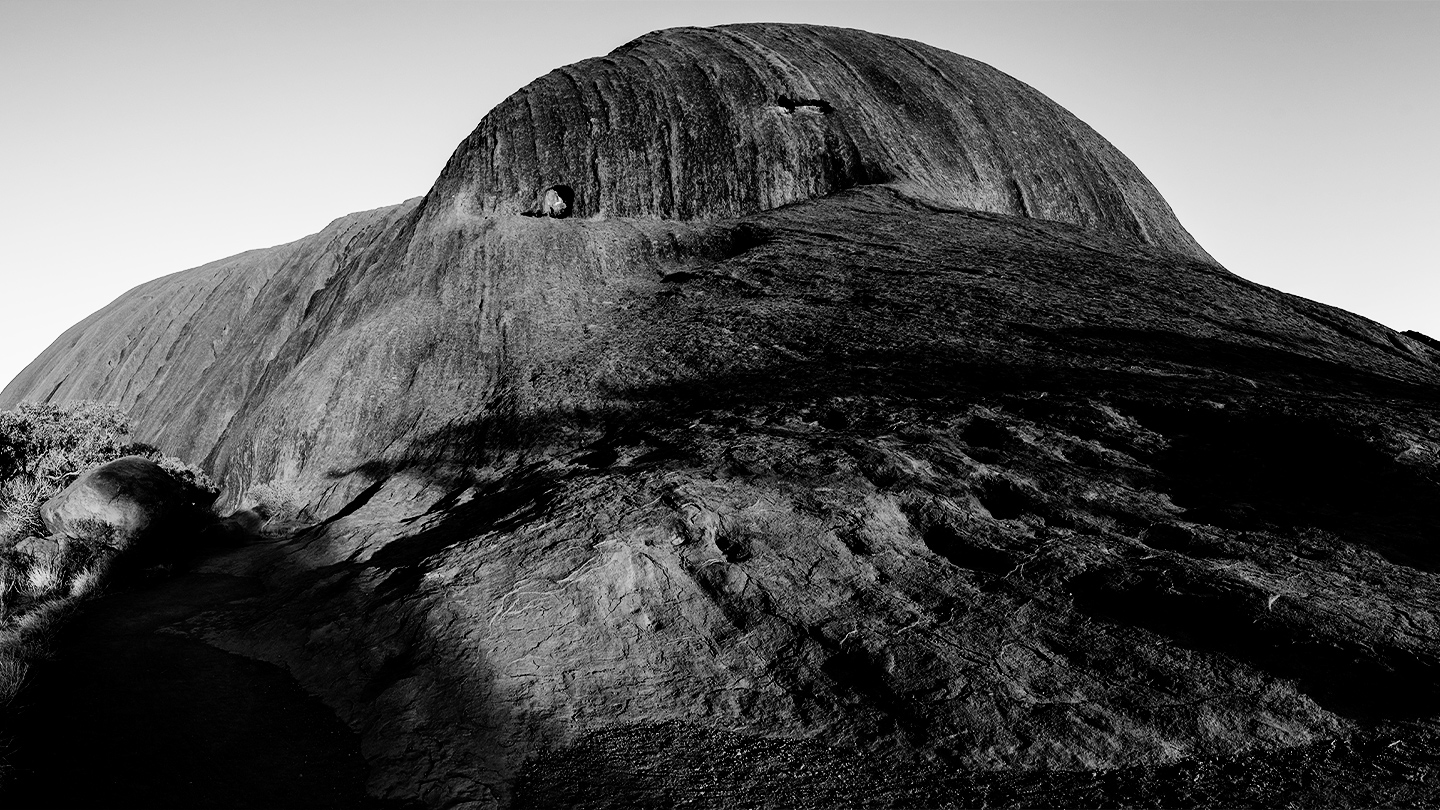Water licences 1788-present
NSW laws and policies have led to disproportionately low water licence ownership among Aboriginal people, which contributes to economic disadvantage.
In 1896, the Water Rights Act 1896 (NSW) gave the NSW Government rights to the 'use, flow and control of water', requiring people and businesses to obtain a licence to take water out of rivers or lakes for all purposes other than domestic use (). The government supplied town water at the cost of delivery. To obtain a water licence for industry purposes like mining or agriculture, the person or business needed to own land and the water licence was attached to the land title. Aboriginal people faced numerous legal barriers to obtaining water licences. A primary barrier to water licence ownership was that Aboriginal people's land rights were denied by the government- Aboriginal people were considered 'landless people' ().
Water licence regimes continued like this under subsequent laws for the next century, (, ), with Aboriginal people largely excluded from water 'ownership' primarily due to denials in land rights and water governance frameworks overlooking Aboriginal people's rights and interests (see SUB0483).
In the 1970s, the government realised it had granted too many water licences and not enough water was available in NSW rivers to meet demand (). From the 1980s, the government stopped issuing new water licences, known as a 'water embargo' (). This meant that Aboriginal people, who had been historically excluded from water licence ownership due to denials in rights have since been unable to apply for new water licences because there are generally no licences available anymore (, , ).
In 1983, the Aboriginal Land Rights Act 1983 (NSW) () was introduced to 'make provisions with respect to the land rights of Aborigines'. By this time, land claimed by Aboriginal Land Councils was unlikely to have water licences attached and the land councils could not apply for water licences due to the water embargos (). Land rights were being considered but water rights were not (see SUB0481).
In 2000, the Water Management Act 2000 (NSW) () legislated a water market, where water licences can be traded separately from land. Given the limits on new licences being issued, water licences are valuable- with the value of NSW water licences being over $29 Billion (). Aboriginal people are substantially unable to benefit from the water market, due to limited access to water for agricultural or commercial purposes (, ). Low water licence ownership contributes to economic and health disadvantage ().
In 2004, the Water Management (General) Regulation 2004 (NSW) introduced the ability for Aboriginal people to apply for specific purpose licences to take water for cultural or commercial purposes (). In 2011, Aboriginal environmental specific purpose access licences were added (). Although, academics have noted that there are limits on where Aboriginal specific licences are available due to over-extraction and that all categories of Aboriginal specific licences have volumetric limits and cannot be traded (, ).
Uptake of the licences has been low for numerous reasons, () including that the infrastructure required to extract and utilise water from waterways is expensive (). See the Case Study documents for information about the Nari Nari people, who successfully obtained an Aboriginal specific water licence and are using the water to restore waterways damaged by decades of industry use (). For documents on the importance of water environments to Aboriginal people in NSW see SUB0482.
Research suggests that Aboriginal owned water licences in NSW are declining (). See the Discussion and Analysis documents for information on how laws have led to disproportionately low water entitlements and the associated impact Aboriginal people in NSW, such as economic disadvantage.
The law and policy in this subject is accurate as of 1 January 2023.
